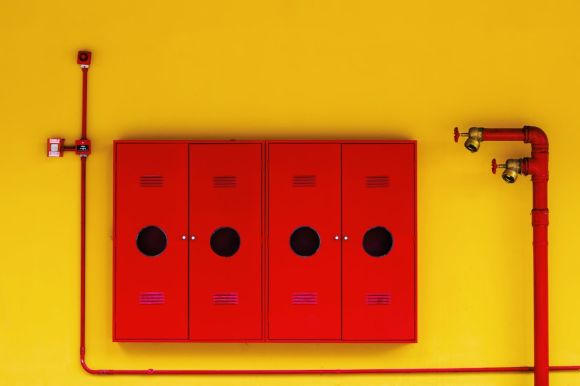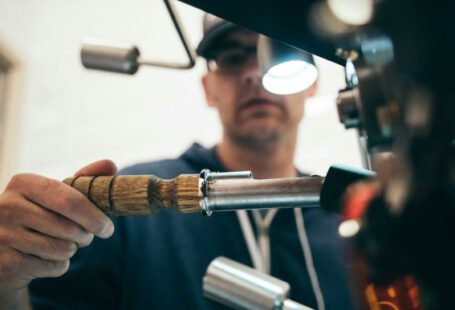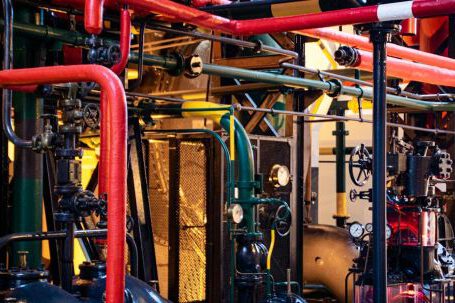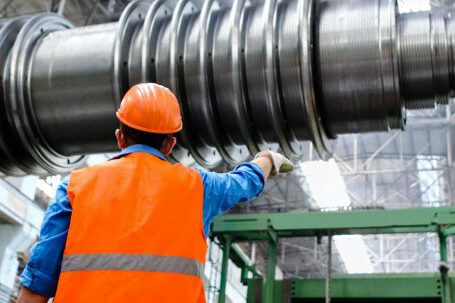Water leaks are a common problem that many homeowners face. Not only do they waste water and increase utility bills, but they can also cause extensive damage to the structure of a home. Traditionally, detecting leaks involved tearing up floors and walls to locate the source. However, advancements in technology have now made it possible to detect leaks without the need for such invasive measures. In this article, we will explore the various methods of leak detection that can help homeowners save time, money, and unnecessary hassle.
Thermal Imaging: A Game Changer in Leak Detection
Thermal imaging is a revolutionary technology that has completely transformed the way leaks are detected. By using infrared cameras, professionals can now identify leaks by detecting temperature variations in walls, floors, and ceilings. The principle behind this method is simple – water leaks typically result in damp spots and moisture, which in turn cause temperature fluctuations. These temperature variations can be easily picked up by thermal imaging cameras, allowing professionals to pinpoint the exact location of the leak without any destructive interventions.
Acoustic Detection: Listening for Hidden Leaks
Another effective method of leak detection without tearing up floors is acoustic detection. This technique involves using highly sensitive listening devices to detect the sound of water escaping from pipes. When a pipe has a leak, it creates a distinct sound that can be detected by trained professionals. By strategically placing these listening devices throughout the property, experts can identify the source of the leak with precision. This method is particularly useful for locating hidden leaks that are not visible to the naked eye.
Electronic Leak Detection: Tracing Leaks with Precision
Electronic leak detection is yet another non-invasive method that has gained popularity in recent years. This technique involves using specialized electronic devices to trace the path of a leak without causing any damage to the property. By injecting a harmless gas, such as helium, into the plumbing system, professionals can track the movement of the gas using electronic sensors. This allows them to trace the exact route of the leak and determine its source without the need for destructive measures.
Moisture Meters: Detecting Hidden Water Damage
In some cases, water leaks may not be immediately visible, but their effects can be seen through signs of moisture damage on walls or ceilings. Moisture meters are handheld devices that measure the moisture level in materials such as wood, drywall, and concrete. By scanning the affected areas with a moisture meter, professionals can identify hidden water damage and determine if there is an underlying leak causing the problem. This method is particularly useful for detecting leaks in hard-to-reach places or areas that are covered by flooring or wallpaper.
Conclusion: Leak Detection Made Easy
Gone are the days when homeowners had to endure the inconvenience and expense of tearing up floors and walls to find a hidden water leak. Thanks to advancements in technology, leak detection has become a much simpler and non-invasive process. Whether it’s through thermal imaging, acoustic detection, electronic leak detection, or moisture meters, professionals can now identify leaks with precision and accuracy. So, the next time you suspect a water leak in your home, rest assured that there are effective methods available that won’t require any unnecessary destruction.



